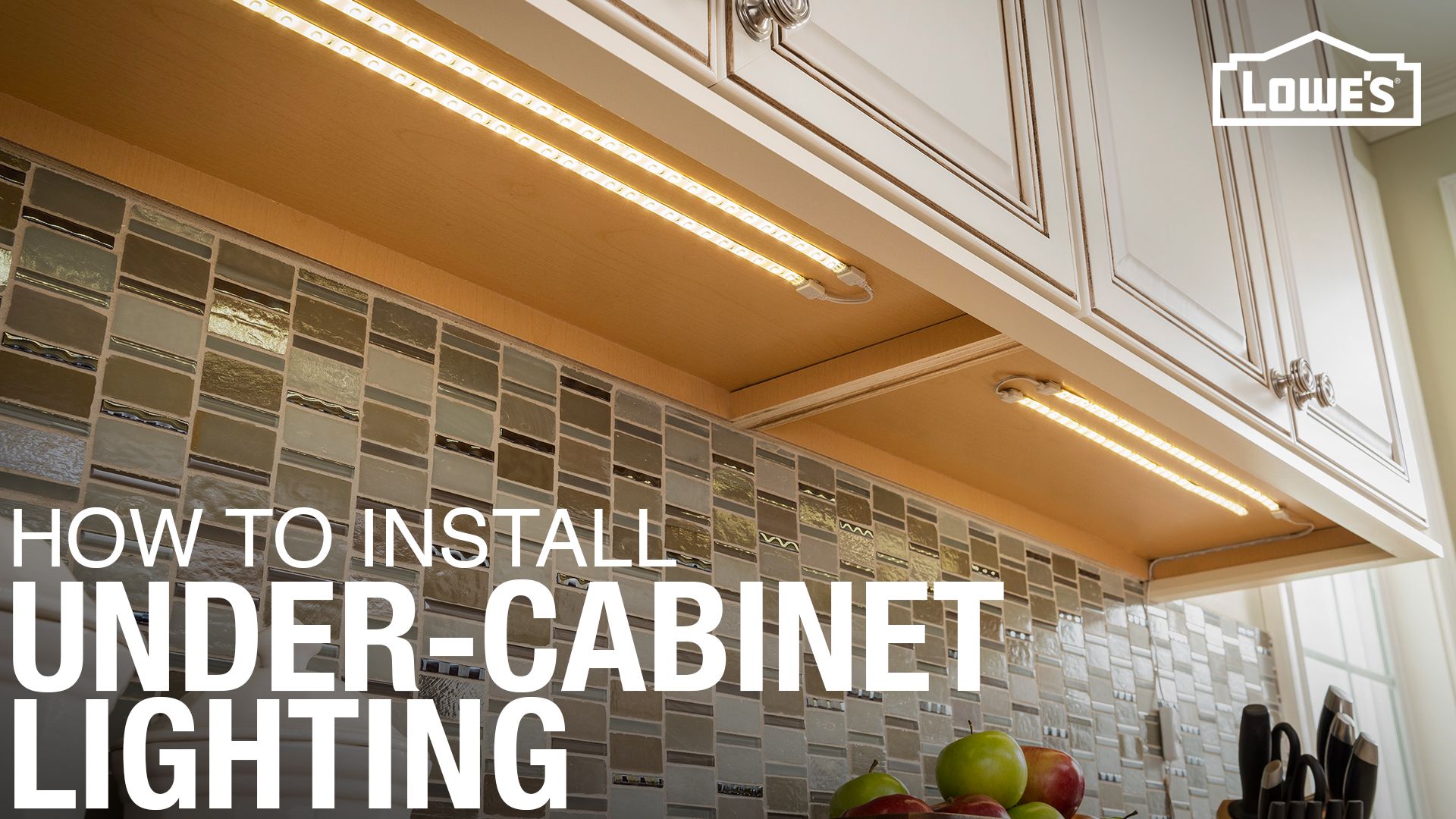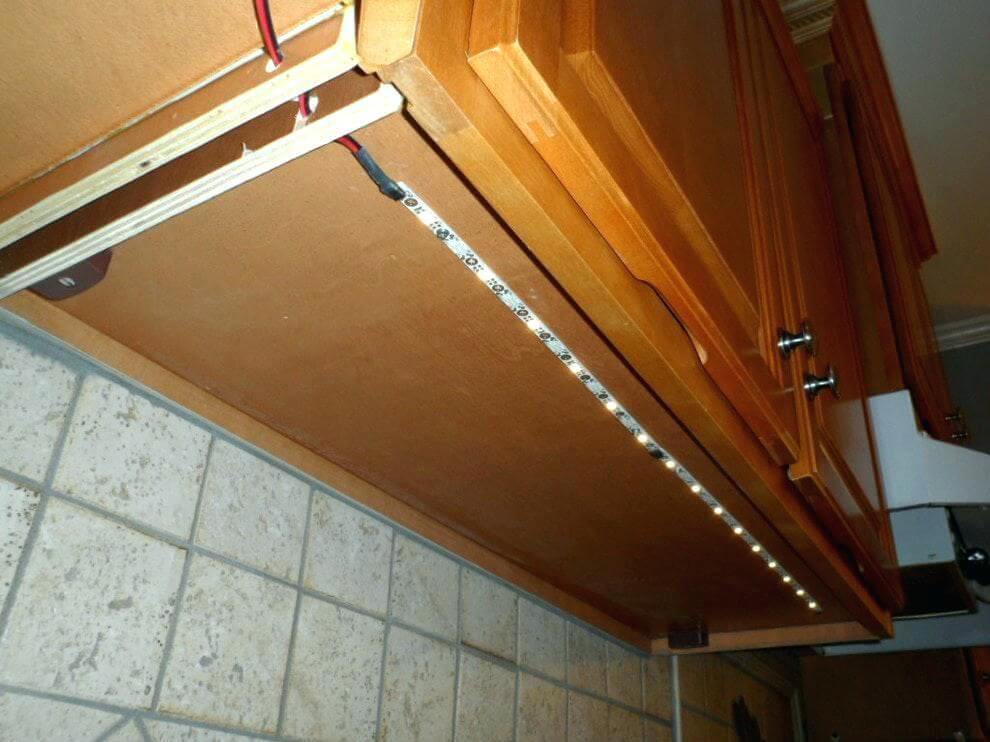Common Reasons for Under Cabinet LED Lights Failing: Under Cabinet Led Lights Quit Working

Under cabinet LED lights are a popular choice for adding task lighting and ambiance to kitchens and other areas. However, like any electronic device, they can eventually fail. While LED lights are known for their longevity, they are not immune to problems. Understanding common causes of failure can help you troubleshoot issues and extend the life of your lights.
Faulty Wiring
Faulty wiring is a common reason for under cabinet LED lights to malfunction. This can occur due to loose connections, damaged wires, or incorrect installation.
- Signs: Flickering, dimming, or complete non-functionality.
- Troubleshooting: Check all connections for looseness or damage. If any wires are frayed or broken, replace them. Ensure the wiring is correctly installed according to the manufacturer’s instructions.
Damaged Bulbs
LED bulbs are generally long-lasting, but they can still fail prematurely due to factors like heat, voltage fluctuations, or physical damage.
- Signs: Dimming, flickering, or complete failure of a specific bulb.
- Troubleshooting: Inspect each bulb for signs of damage, such as cracks or discoloration. If a bulb is faulty, replace it with a new one of the same type.
Power Supply Issues
The power supply unit for under cabinet LED lights can also fail, causing the lights to malfunction.
- Signs: Complete non-functionality of all lights, even if the bulbs and wiring are intact.
- Troubleshooting: Check the power supply unit for any signs of damage, such as overheating or burnt components. If the unit is faulty, replace it with a new one.
Troubleshooting Steps for Under Cabinet LED Lights

When your under-cabinet LED lights are acting up, it’s time to become a detective and solve the mystery! Don’t worry, we’ll guide you through a series of troubleshooting steps to pinpoint the problem and get those lights back in action. Let’s start with the basics and work our way up to more complex solutions.
Troubleshooting Steps for Under Cabinet LED Lights
Troubleshooting under-cabinet LED lights involves systematically checking different components to identify the source of the issue. This process helps you pinpoint the problem and resolve it effectively.
| Step | Action | Expected Outcome | Next Steps if Issue Persists |
|---|---|---|---|
| 1 | Check the Power Source:
|
The lights should turn on if the power source is functioning correctly. | Proceed to Step 2. |
| 2 | Inspect the Wiring:
|
The lights should turn on if the wiring is intact. | Proceed to Step 3. |
| 3 | Test the LED Strip:
|
The LED strip should light up if it’s functioning correctly. | Proceed to Step 4. |
| 4 | Check the Transformer (Hardwired Lights):
|
The transformer should be working correctly and providing the required voltage. | If the transformer is faulty, replace it with a new one. |
| 5 | Check the Remote Control (If Applicable):
|
The lights should respond to the remote control commands. | If the remote control is malfunctioning, you may need to replace it. |
| 6 | Contact a Professional Electrician:
|
The electrician can diagnose the issue and perform any necessary repairs. | N/A |
Preventive Maintenance for Under Cabinet LED Lights

Under cabinet LED lights can provide a stylish and functional addition to your kitchen, but like any electrical appliance, they require regular maintenance to ensure they continue working properly and last for years to come.
By following some simple preventive maintenance tips, you can significantly reduce the chances of encountering common problems and extend the lifespan of your LED lights.
Choosing High-Quality Components, Under cabinet led lights quit working
Selecting high-quality components is crucial for ensuring the longevity and reliability of your under cabinet LED lights. This includes the LED strips themselves, the power supply, and the dimmer switch (if applicable).
- LED Strips: Look for LED strips with a high lumen output and a long lifespan. Opt for strips with a higher IP rating, indicating their resistance to moisture and dust.
- Power Supply: Choose a power supply with a higher wattage rating than your LED strips require. This ensures that the power supply isn’t constantly working at its maximum capacity, potentially leading to premature failure.
- Dimmer Switch: If you plan to use a dimmer switch, select one that is specifically designed for LED lights. Traditional dimmer switches can damage LED strips if they are not compatible.
Proper Installation
Proper installation is essential for the safe and efficient operation of your under cabinet LED lights.
- Secure Connections: Ensure all connections are secure and properly insulated. Loose connections can cause flickering, dimming, or complete failure of the lights.
- Heat Dissipation: Allow for adequate ventilation to prevent overheating. LED strips generate heat, and proper ventilation can prevent damage to the strips and extend their lifespan.
- Placement: Avoid placing the LED strips directly under heat sources, such as stoves or ovens, as this can lead to premature failure.
Regular Maintenance
Regular maintenance can help identify potential issues early and prevent them from escalating into major problems.
- Cleaning: Dust and dirt can accumulate on the LED strips, reducing their brightness and lifespan. Clean the strips regularly with a soft cloth and a mild cleaning solution.
- Checking Connections: Periodically check the connections for any signs of looseness or damage.
- Inspecting for Damage: Examine the LED strips for any signs of damage, such as cuts, cracks, or burnt-out LEDs.
Under cabinet led lights quit working – Frustrated with under cabinet LED lights that have gone kaput? Don’t let a dark countertop ruin your kitchen’s ambiance. Instead, consider a lighted curio cabinet used to showcase your prized possessions. These cabinets offer beautiful, even lighting that can enhance the look of your kitchen while also highlighting your favorite collectibles.
You can also use the cabinet’s lighting to add a touch of warmth and style to your kitchen, and maybe even inspire you to upgrade those under-cabinet LEDs!
Tired of your under cabinet LED lights flickering or going out completely? A stylish alternative might be a corner mirror cabinet with light , which provides a unique lighting solution while adding a touch of elegance to your space.
Plus, with a built-in light source, you’ll never have to worry about replacing burnt-out bulbs or dealing with faulty wiring again!
